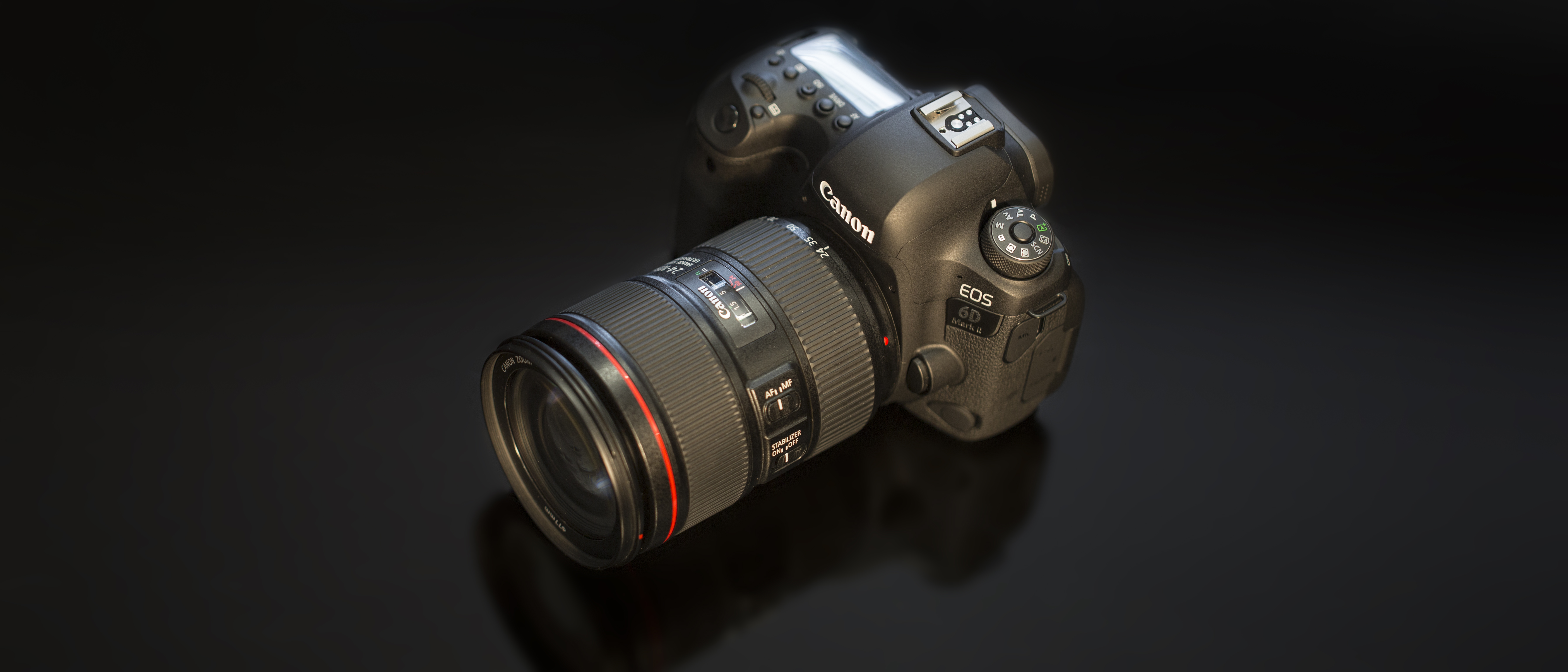TechRadar Verdict
Canon has certainly made the EOS 6D Mark II a more well-rounded and better specified camera than the EOS 6D, but it's not without its issues. These niggles dull what is otherwise a very nice full-frame DSLR that's a pleasure to shoot with. It will certainly please Canon users looking to make the move into full-frame photography, but others might be better served elsewhere.
Pros
- +
Excellent Live View focusing
- +
Comfy grip
- +
Refined touchscreen control
- +
Useful vari-angle display
- +
Connectivity options
Cons
- -
Only 98% viewfinder coverage
- -
Absence of 4K a disappointment
- -
Limited AF coverage
- -
Poor dynamic range
- -
No USB 3.0
Why you can trust TechRadar
It took a while for the Canon EOS 6D Mark II to arrive. In fact, it was some five years after the original Canon EOS 6D was announced – and at the time it was the most affordable full-frame DSLR available.
While it lacked some of the more desirable features found on Canon's pricier models further up the range, it offered users a pretty affordable way into full-frame photography.
In the five years between the launch of the original 6D and its successor in 2017, a lot had changed, with not only Nikon offering some very tempting competition in the shape of the D610 and D750, but Sony's Alpha A7 and A7 II offering another affordable route into full-frame photography. Of course, faster and more capable full-frame cameras have arrived since then too, but does the EOS 6D Mark II still hold its own?
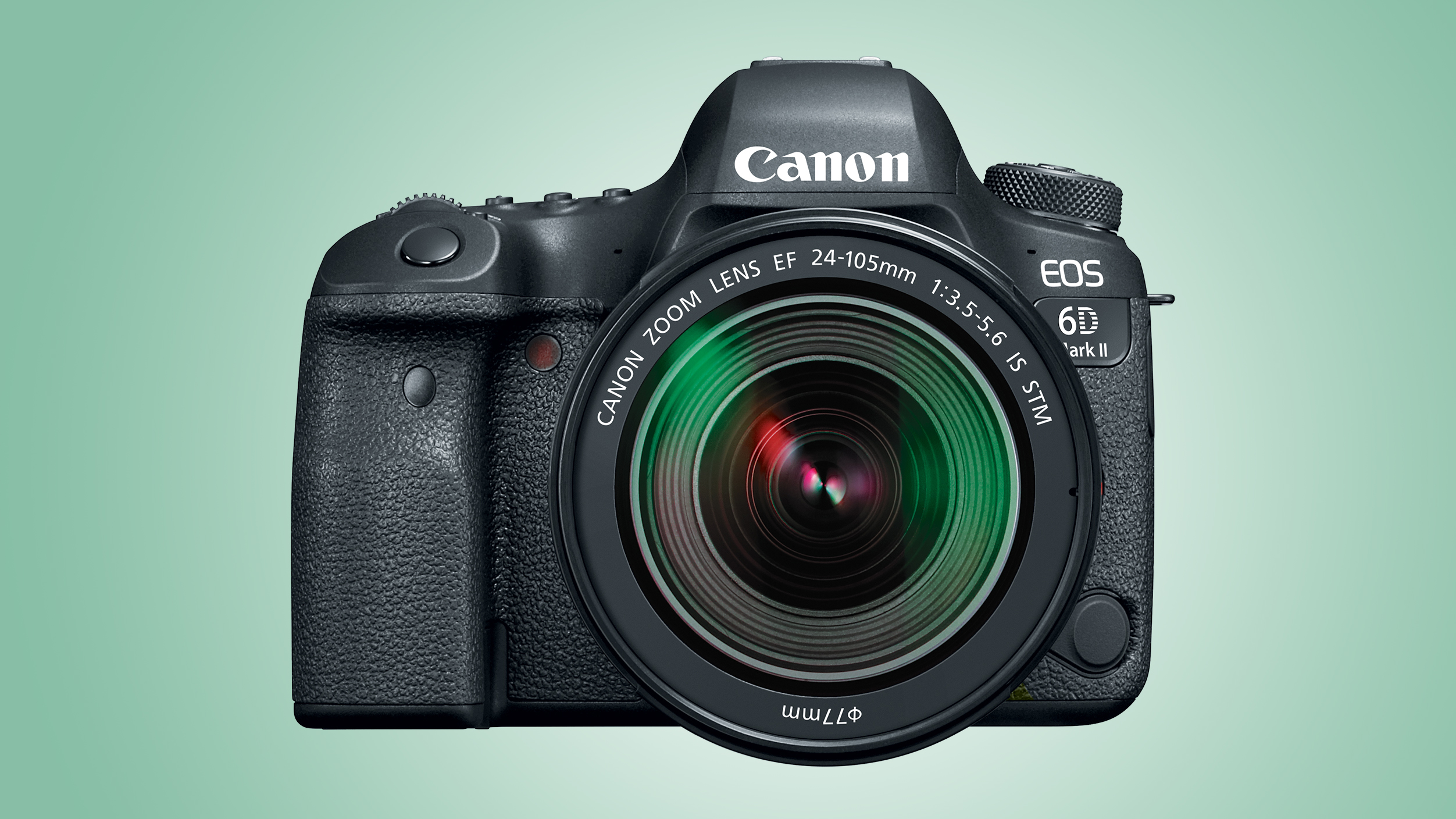

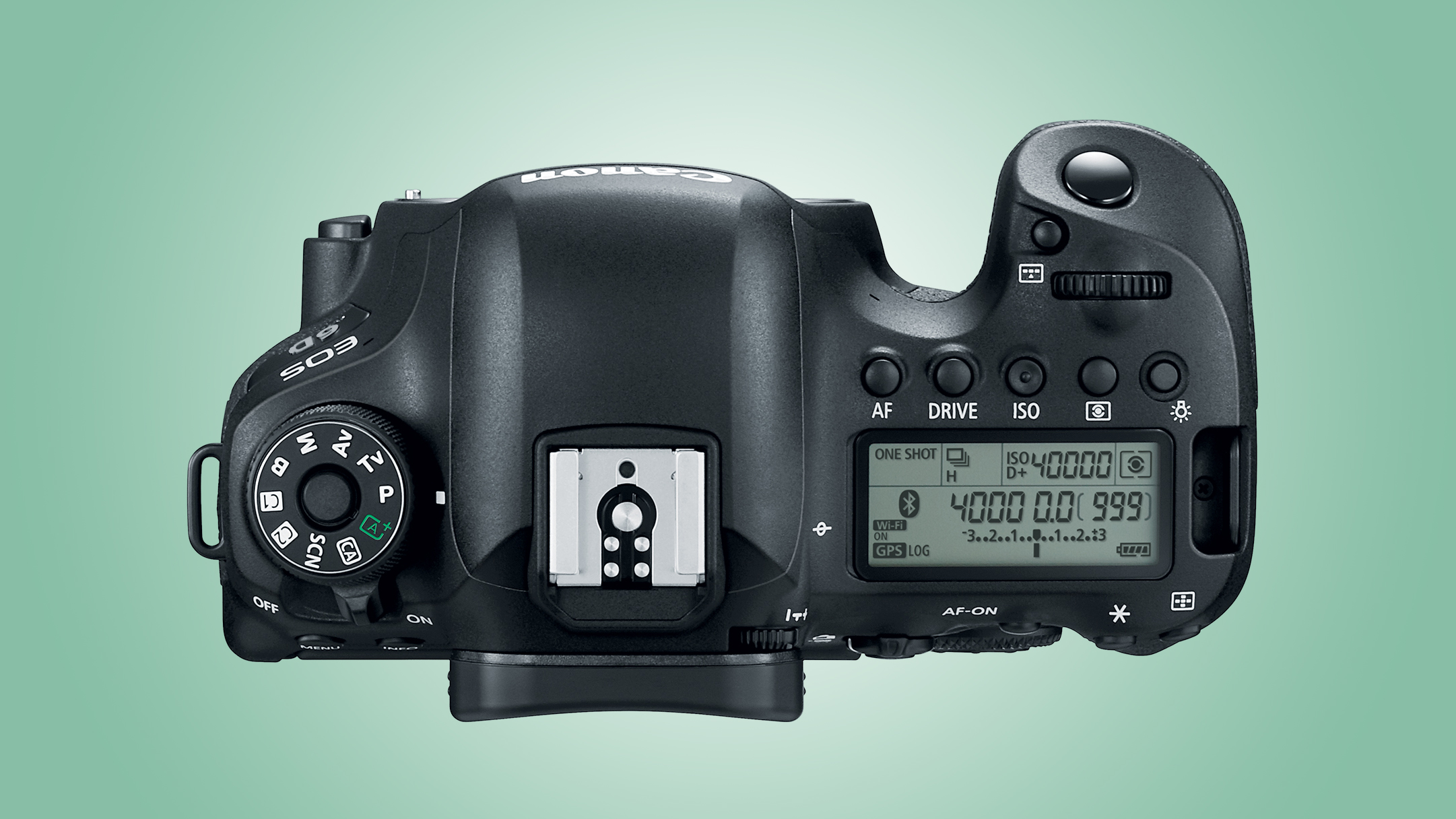
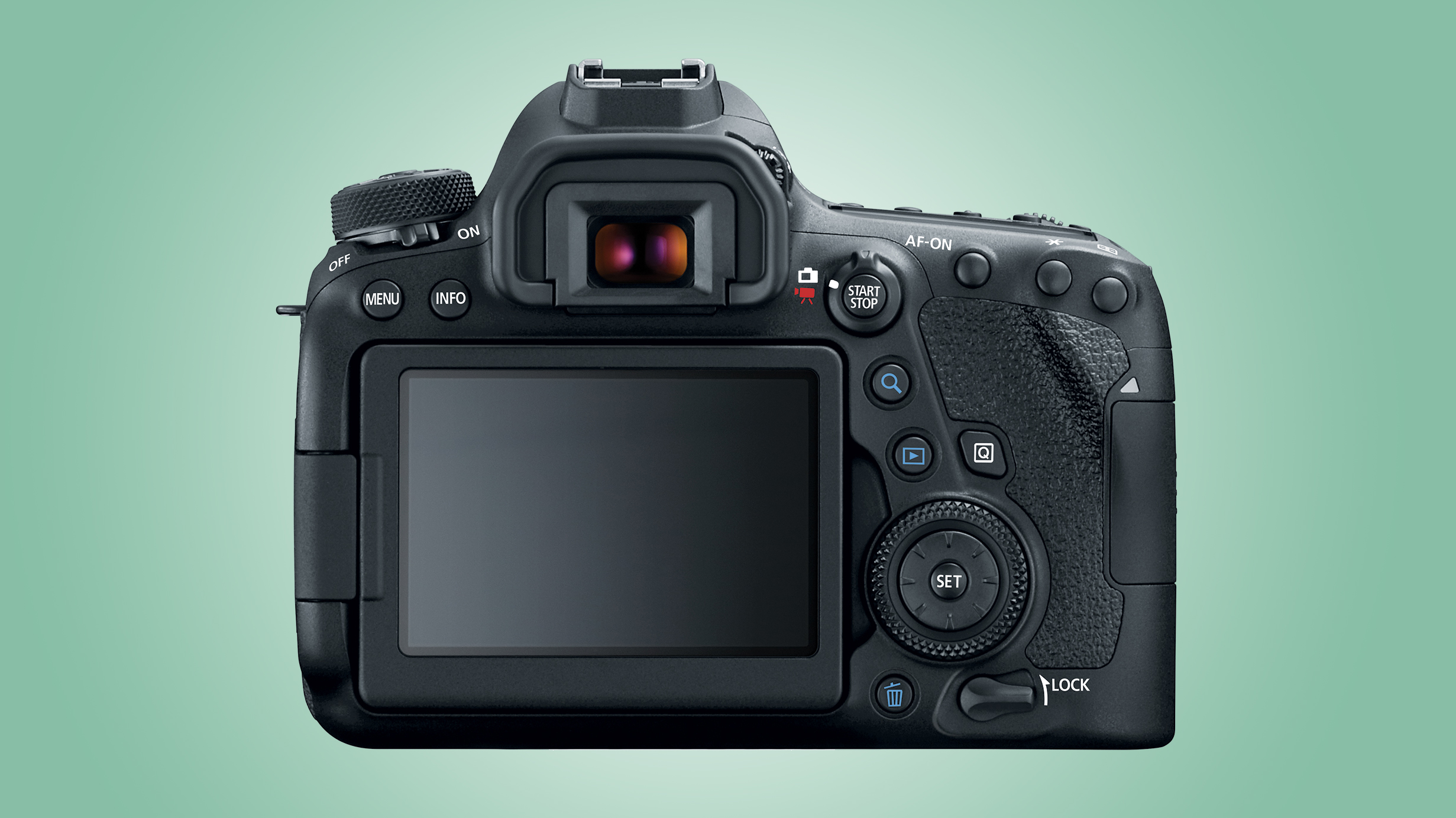
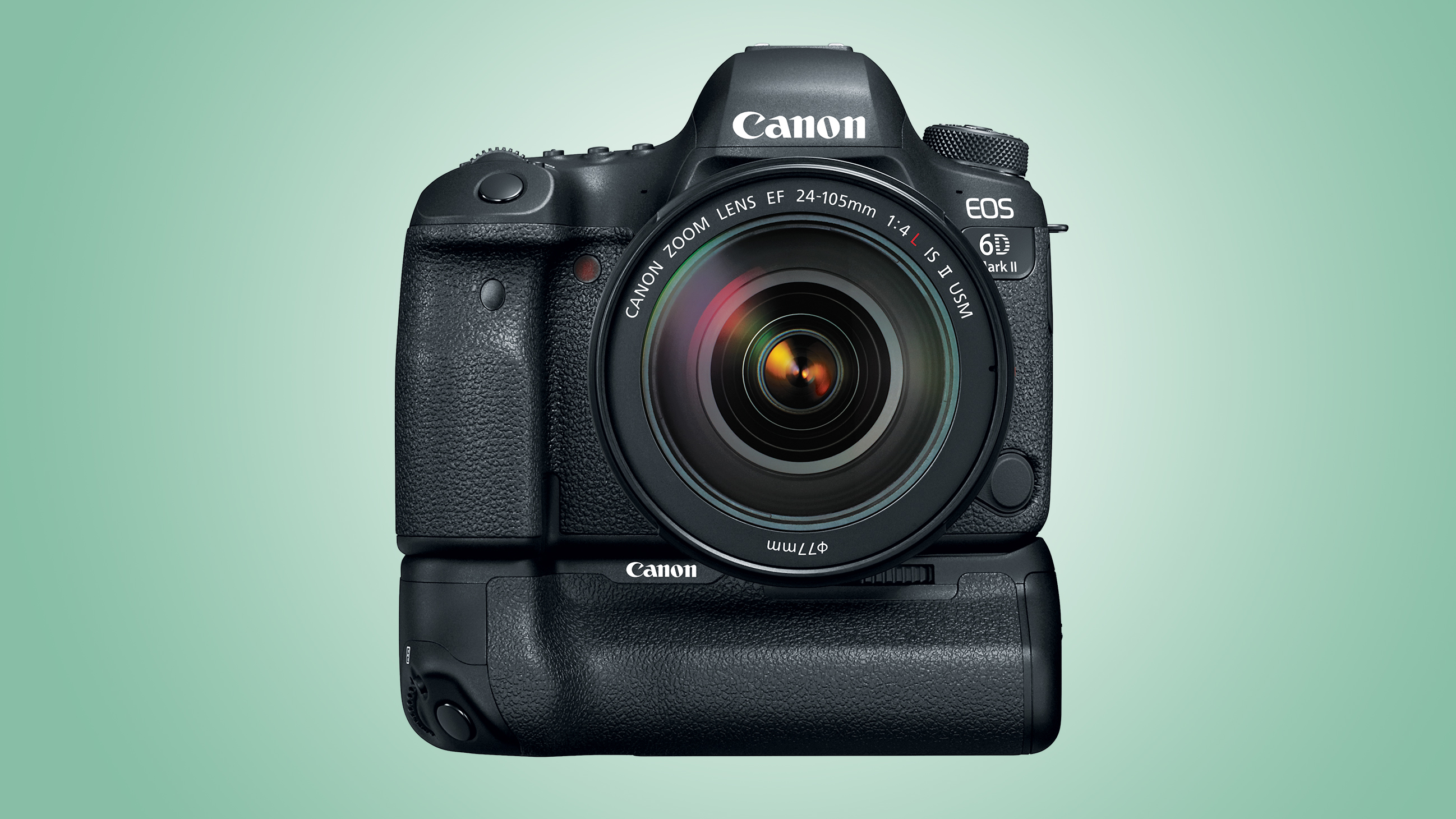
Features
- Full-frame CMOS sensor, 26.2MP
- 3.0-inch vari-angle touchscreen, 1,040,000 dots
- 1080p video capture
As you'd expect after a five-year gap, the EOS 6D Mark II comes with a wealth of improvements over the EOS 6D.
Perhaps the headline change is the new sensor, with the EOS 6D Mark II sporting a 26.2MP CMOS sensor that not only offers a sizeable boost in resolution over the 20.2MP chip in the EOS 6D, but also a lot more pixels than the EOS 5D Mark III's 22.3MP sensor.
The new sensor brings with it a native sensitivity range of ISO100-40,000 which can be expanded to an equivalent of ISO50-102,400, matching the expanded sensitivity ranges of both the EOS 6D and EOS 5D Mark III.
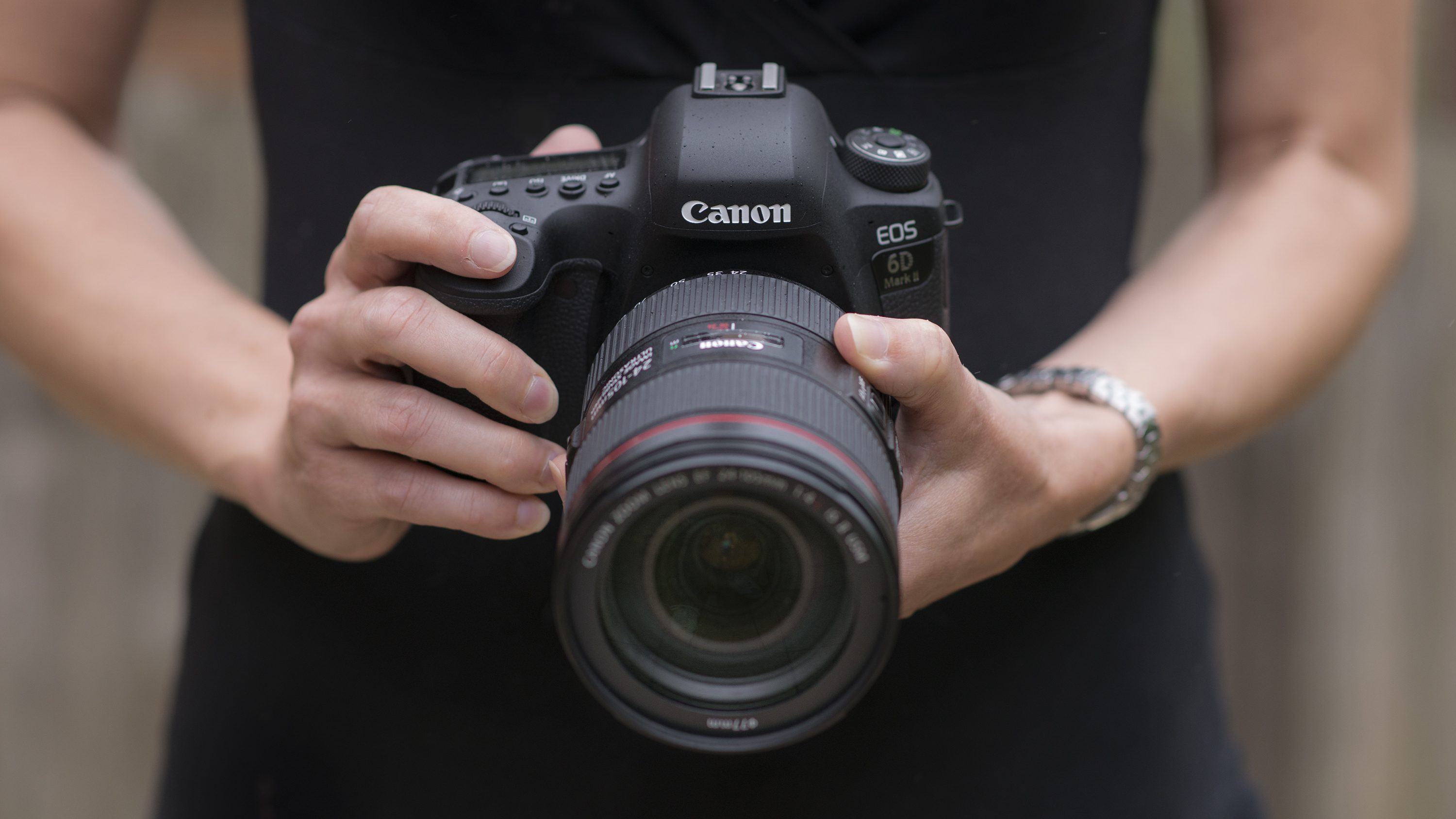
While these cameras may all share the same ISO ceiling, the EOS 6D Mark II boasts Canon's DIGIC 7 processing engine, which is capable of processing information some 14 times faster than the previous DIGIC 6 (the EOS 6D featured the DIGIC 5 engine), and should see it handling image noise better at higher sensitivities.
While the latest DIGIC 8 has found its way into the likes of the EOS R and RP, it was the first time the DIGIC 7 engine has been used in a full-frame EOS DSLR; until then it was only featured in some of Canon's recent APS-C DSLR bodies and PowerShot compact cameras.
One of the compromises with the original EOS 6D was its 97% viewfinder coverage – that 3% shortfall may not sound like much, but stray elements can still creep into the edge of the frame if you're not careful, and you're likely to only notice these once you're reviewing your images on the rear display.
The good news is that this stat has been improved on the EOS 6D Mark II – but only by 1%, to offer a coverage of 98%, so still not quite matching the likes of the D750's approximate 100% coverage.
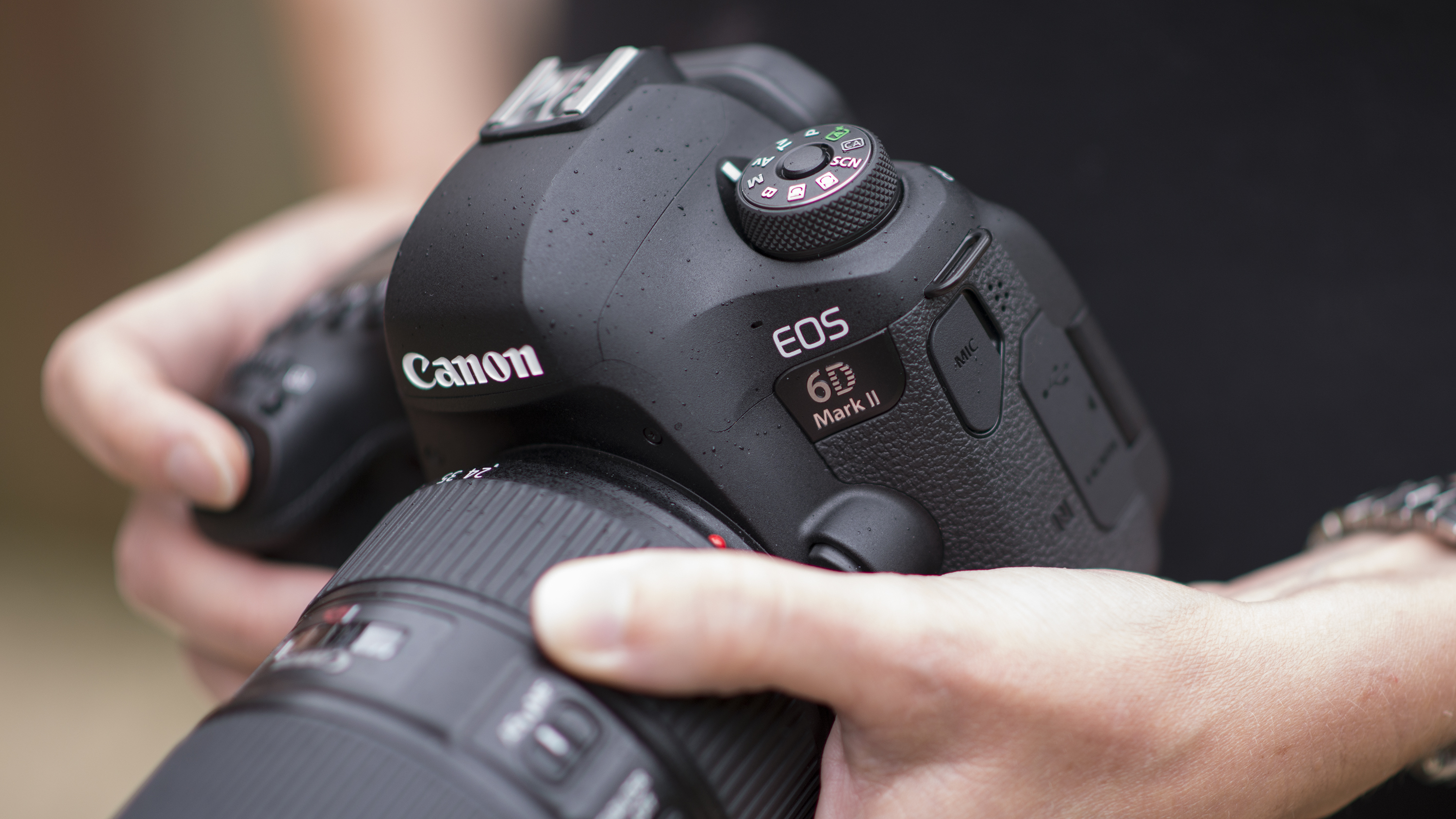
While the viewfinder may seem like a minor improvement, the rear display is quite a different story. No longer sitting flush to the body as it did on the EOS 6D, the 3.0-inch vari-angle display can not only be pulled away from the body, it's also touch-sensitive.
The expected trio of connectivity options – Wi-Fi, NFC and Bluetooth – are available, with the latter being a low-energy connection, meaning you can always be connected to the camera and enabling the rapid remote transfer of images from your camera to a compatible smart device.
Also on-board is Canon's five-axis digital image stabilization for hand-held video recording. Designed to work with video but not stills, the system works in conjunction with the brand's IS-equipped lenses.
Staying with movie capture, Canon has opted not to include 4K capabilities on the EOS 6D Mark II, instead limiting it to Full HD with frame rates up to 60p. That's an improvement on the 30p offered by the EOS 6D, but we're sure some people will be scratching their heads trying to work out why 4K capture has been left off the EOS 6D Mark II – especially as this is an area where Canon has excelled at in the past.
There is a 4K timelapse option however, which stitches images together into a 4K-resolution video. There's also a microphone input, although there's no headphone socket if you wish to monitor audio.
Phil Hall is an experienced writer and editor having worked on some of the largest photography magazines in the UK, and now edit the photography channel of TechRadar, the UK's biggest tech website and one of the largest in the world. He has also worked on numerous commercial projects, including working with manufacturers like Nikon and Fujifilm on bespoke printed and online camera guides, as well as writing technique blogs and copy for the John Lewis Technology guide.
